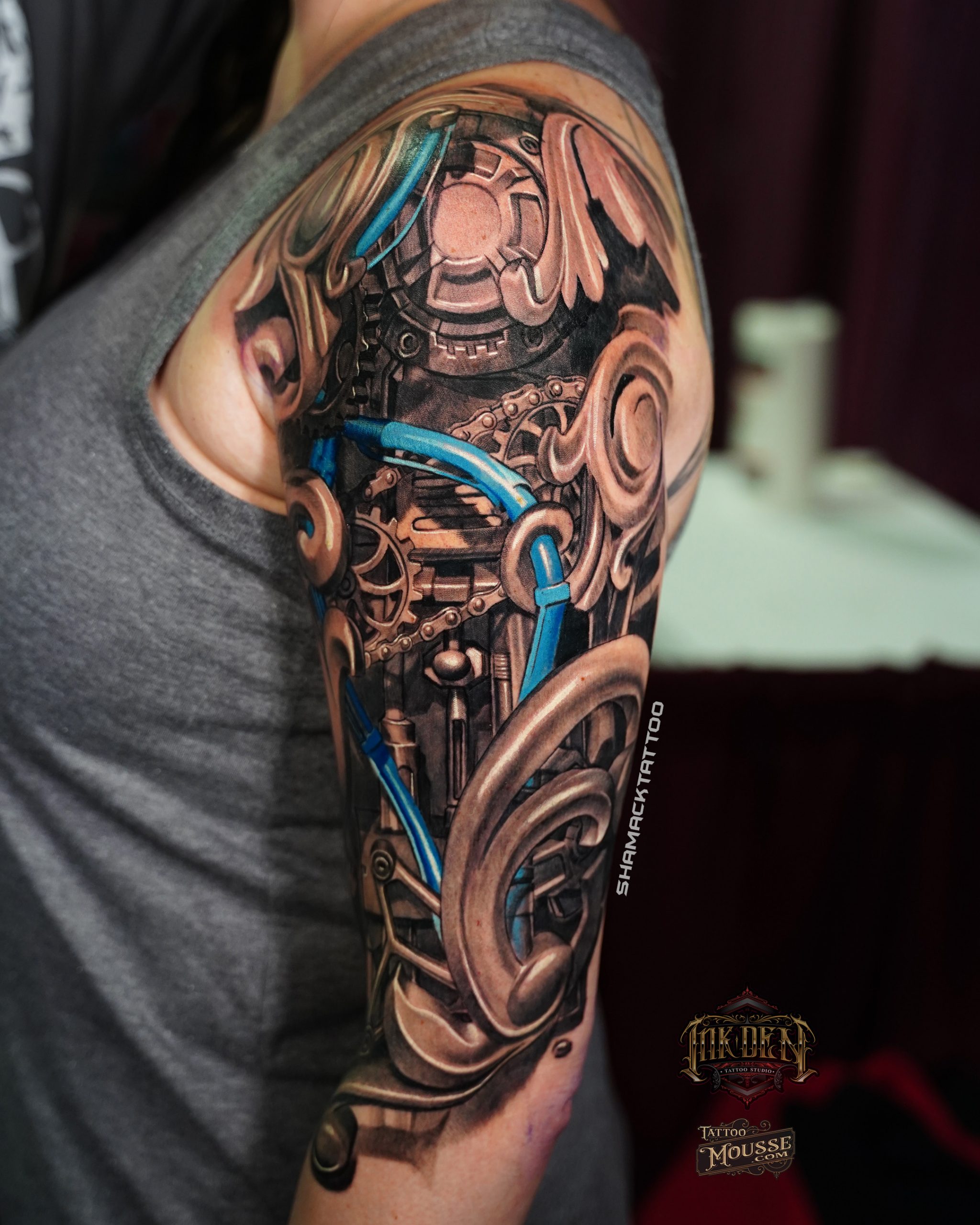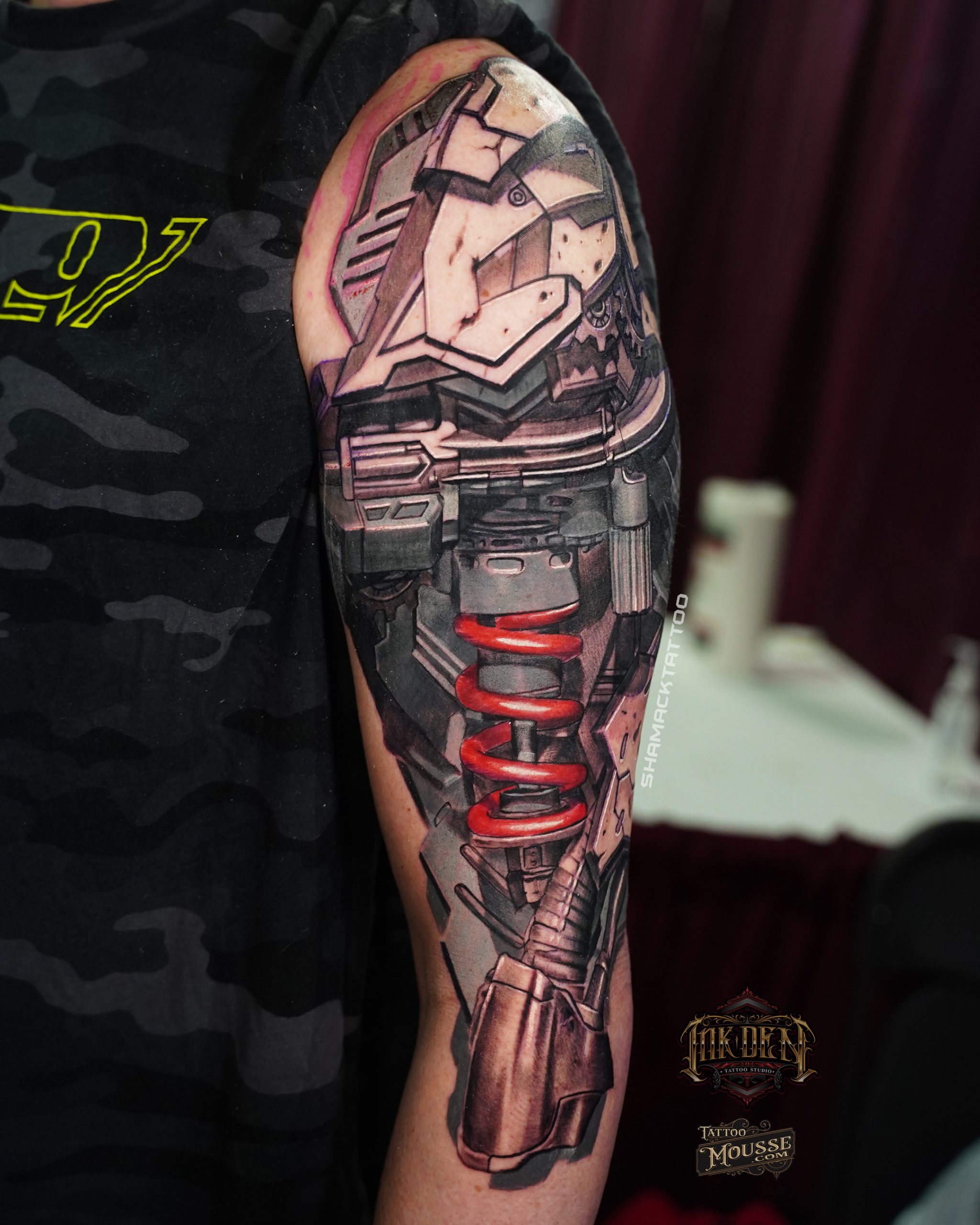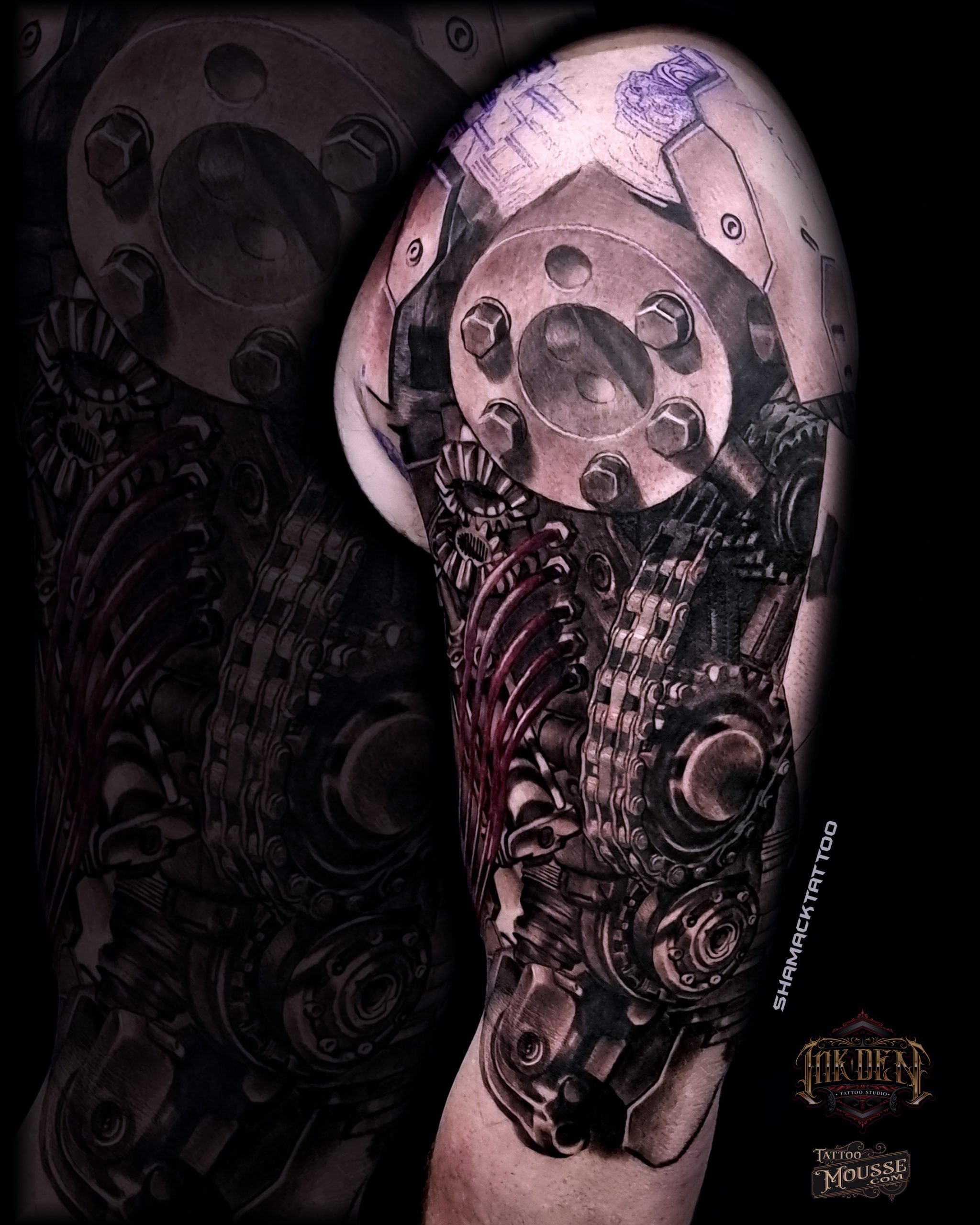




Black and gray realism
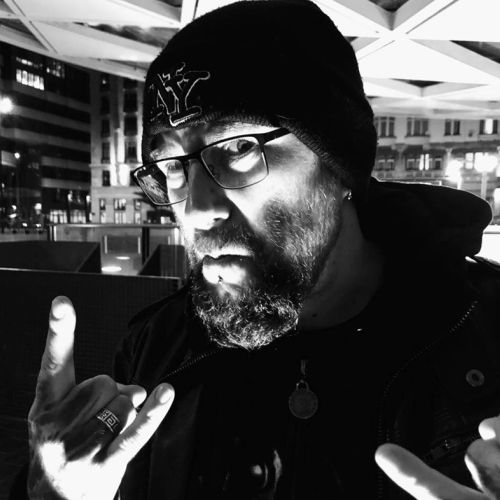
Black and grey realism and horror fantasy
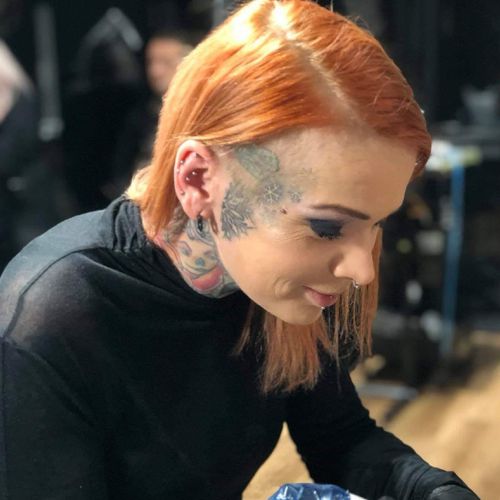
Colour realism


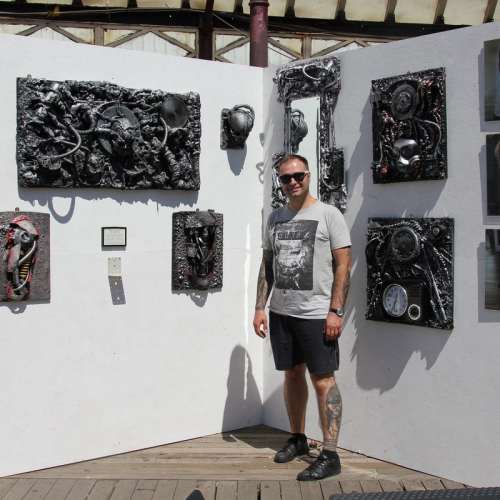
Biomechanical scrap sculptures In search of inspiration and reference for my tattoo designs, I have created a series of sculpture projects that represent body parts, […]
more
At Inkden Tattoo Studio, we are thrilled to have hosted the immensely talented Daren Cosgrove as our guest artist. Daren, renowned for his intricate designs […]
more
INKDEN TERMS AND CONDITIONS FOR TATTOOING · If you are unable to attend your session, please let us know within 72 hours to avoid losing your […]
more
Studio has no parking space availible for customers. Please be aware. Inkden do not cover your cost of parking or take any responsibility for any […]
more
Gently remove cling film 3-4 hours after tattoo is finished. Wash carefully in warm water. Rinse and gently pat dry with a kitchen roll or […]
moreTattoo conventions are events where tattoo artists, enthusiasts, and vendors come together to celebrate the art of tattooing. These events usually bring together some of the best tattoo artists from around the world to showcase their work, participate in competitions, and network with other artists.
Artists go to tattoo conventions for various reasons. Firstly, it’s a great opportunity for them to showcase their talent and attract new clients. It also provides an excellent platform for artists to learn new techniques, trends, and styles from other tattoo artists. It’s a great way to network with other professionals and make connections that can help them to grow their business or career.
Additionally, tattoo conventions provide a fun and social environment where artists can bond with other like-minded individuals and exchange ideas. Overall, tattoo conventions are a great way for artists to stay inspired, improve their skills, and become more successful in their profession.
Tattoo conventions attended by Shamack- Przemyslaw Malachowski:
Manchester international 2012, 2013,
Tattoo Freeze – Telford 2012.2013, 2014, 2015, 2016
Ink and Iron – Birmingham 2013
Htb Halloween Bash – Cardiff 2013, 2019
Tattoo Jam – Doncaster, UK 2013, 2014,
Tea Party – Manchester, 2013, 2015, 2016, 2017, 2019, 2022
Amsterdam tattoo Convention -Amsterdam, Netherland 2014
Titanic Tattoo Convention – Belfast, Ireland 2014
Shefield Tattoo Convention- Shefield, UK 2014
Tatcon – Blackpoo UK co-founded and organised by me 2014, 2015,2015,2016
Croydon Tattoo Convention- Croydon, UK 2015
Liverpool Tattoo Convention- Liverpool, UK 2015,2016, 2017, 2018, 2019
Maiden Ink- Derry, Ireland
Cambridge Tattoo Convention- Cambridge, UK 2016
international Nottingham tattoo Convention- Notthingham, UK 2016
The Great British Show- London, UK 2016
Tattoo Art expo- Cork, Ireland 2017
Gdansk Tattoo Konwent- Gdansk, Poland 2017
Warsaw Tattoo Convention- Warsaw, Poland 2017
Wrexham Tattoo Show- Wrexham, UK 2017, 2018
Oporto Tattoo- Oporto, Portugal 2019
II Zamoski konwent Tattoo- Zamosc, Poland 2019
Brussels Tattoo Convention – Brussel, Belgium 2019
The Big London Tattoo Show- London, UK 2022
Marmaris Tattoo Festival- Marmaris, Turkey 2022
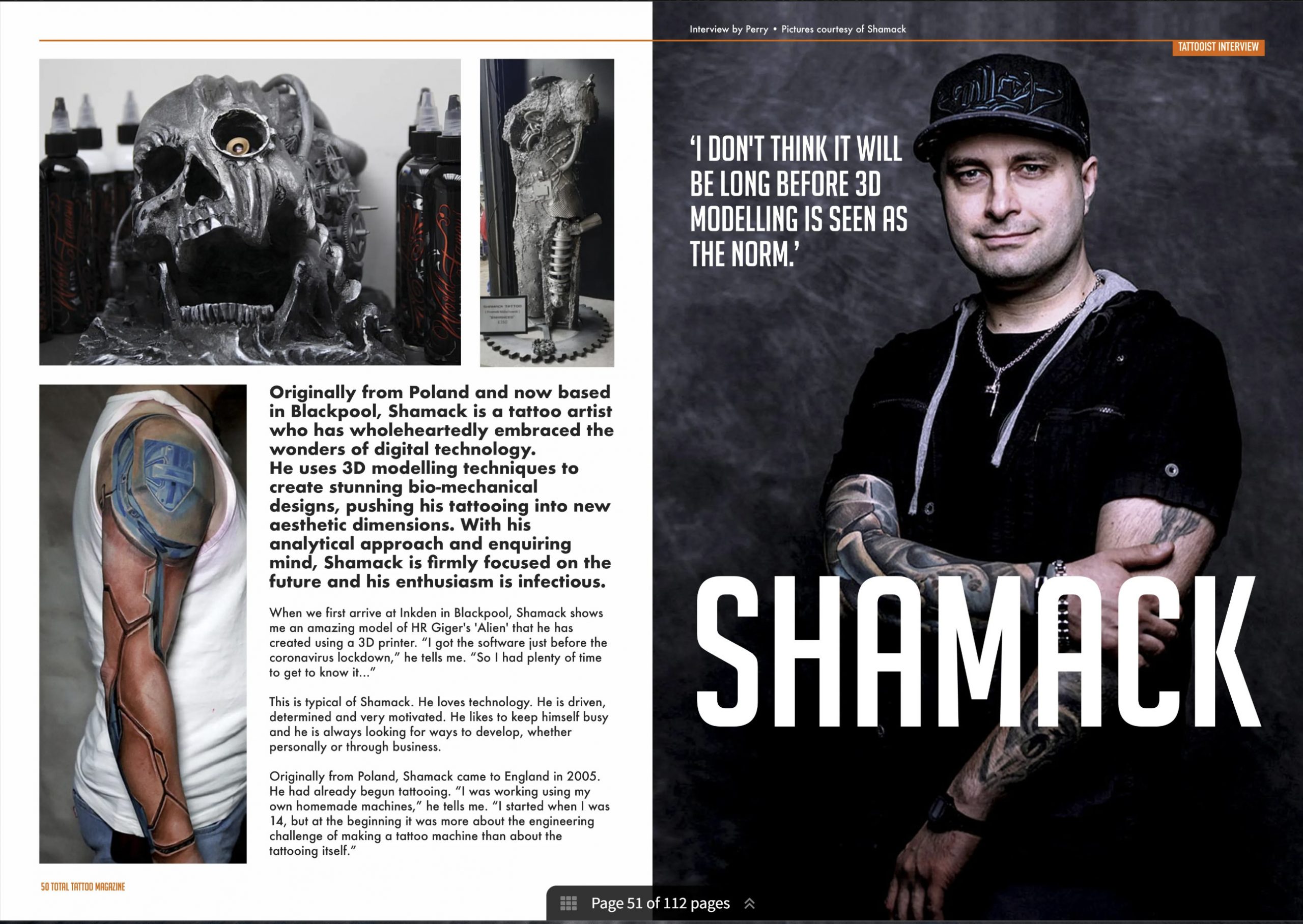
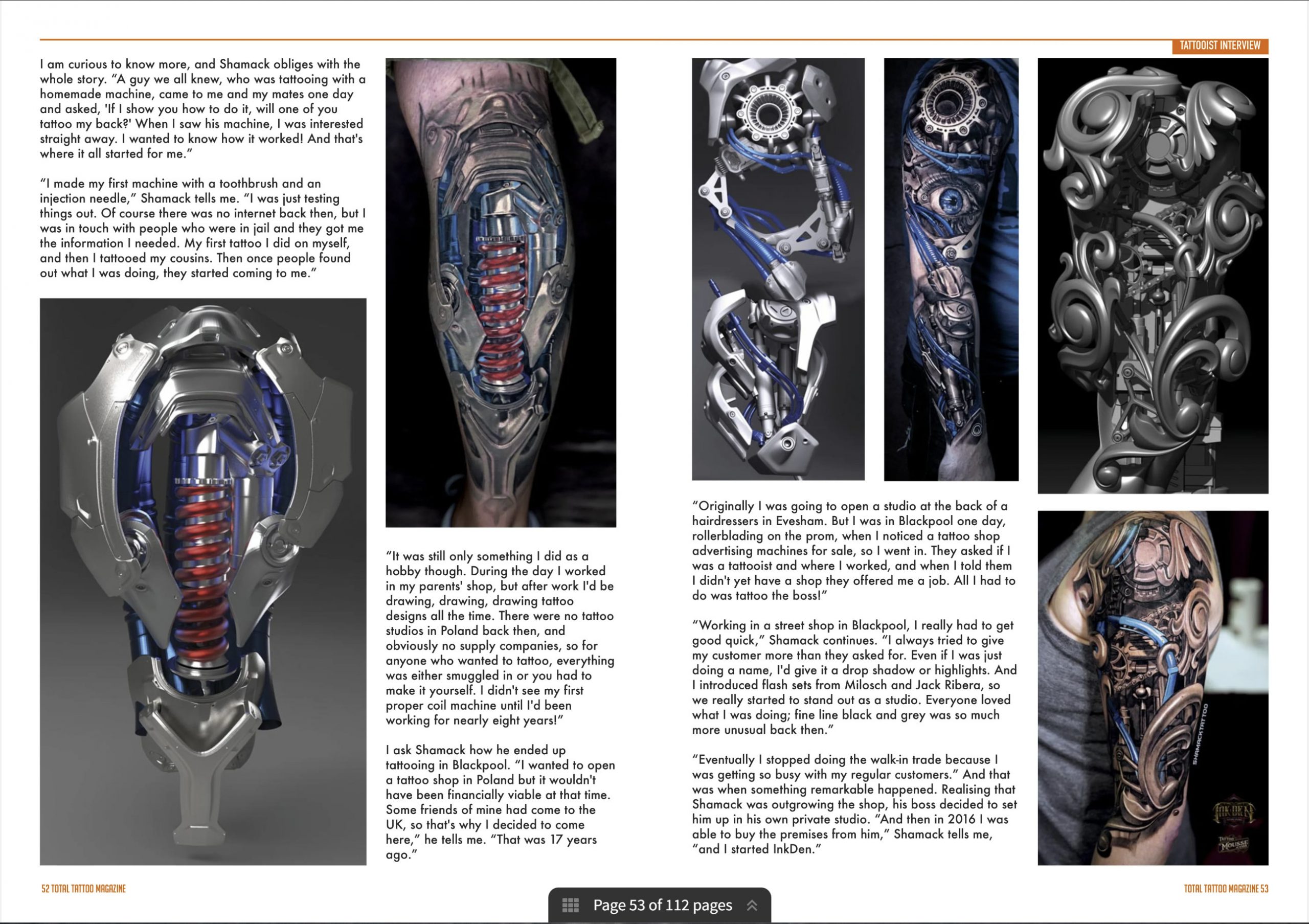
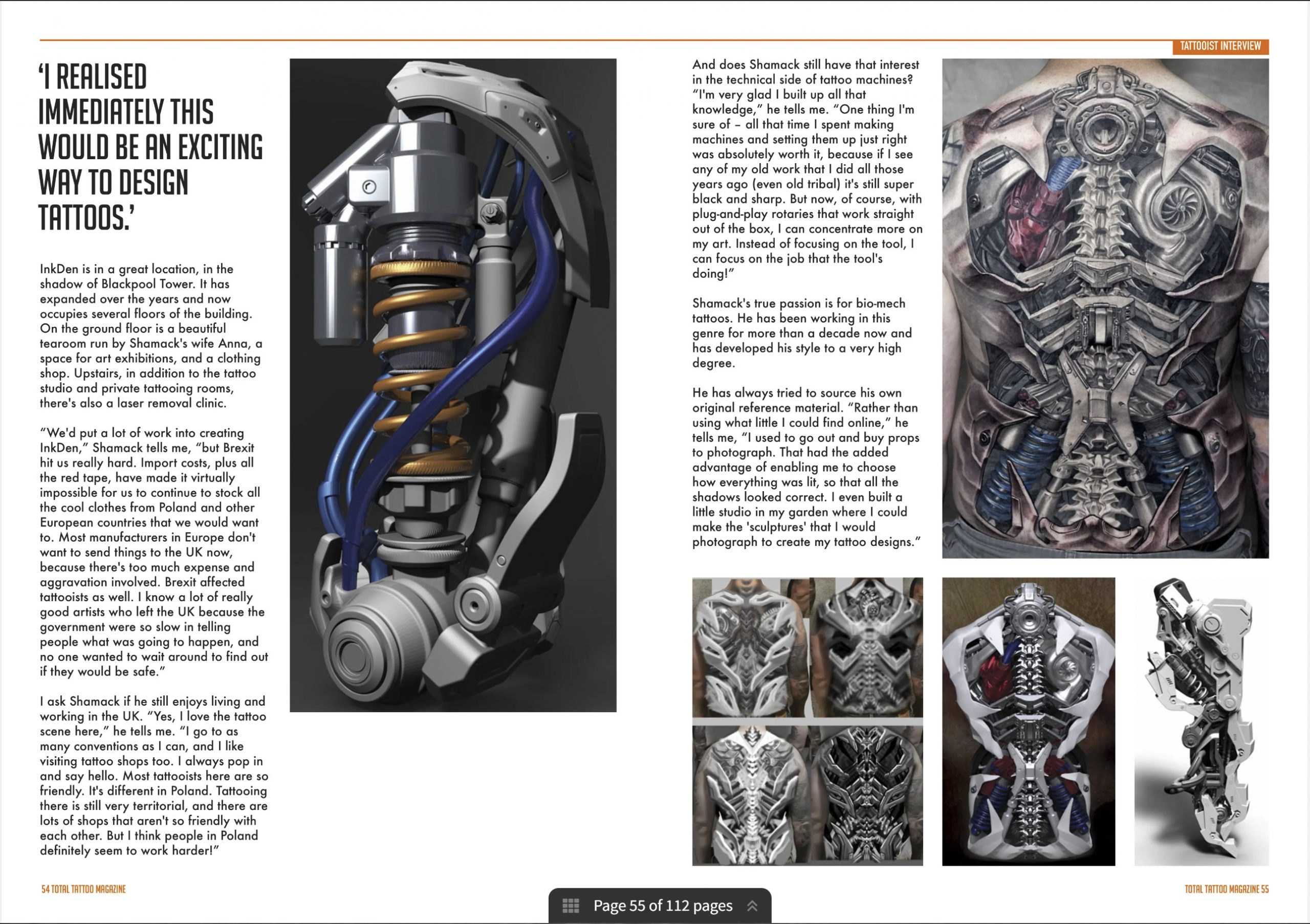
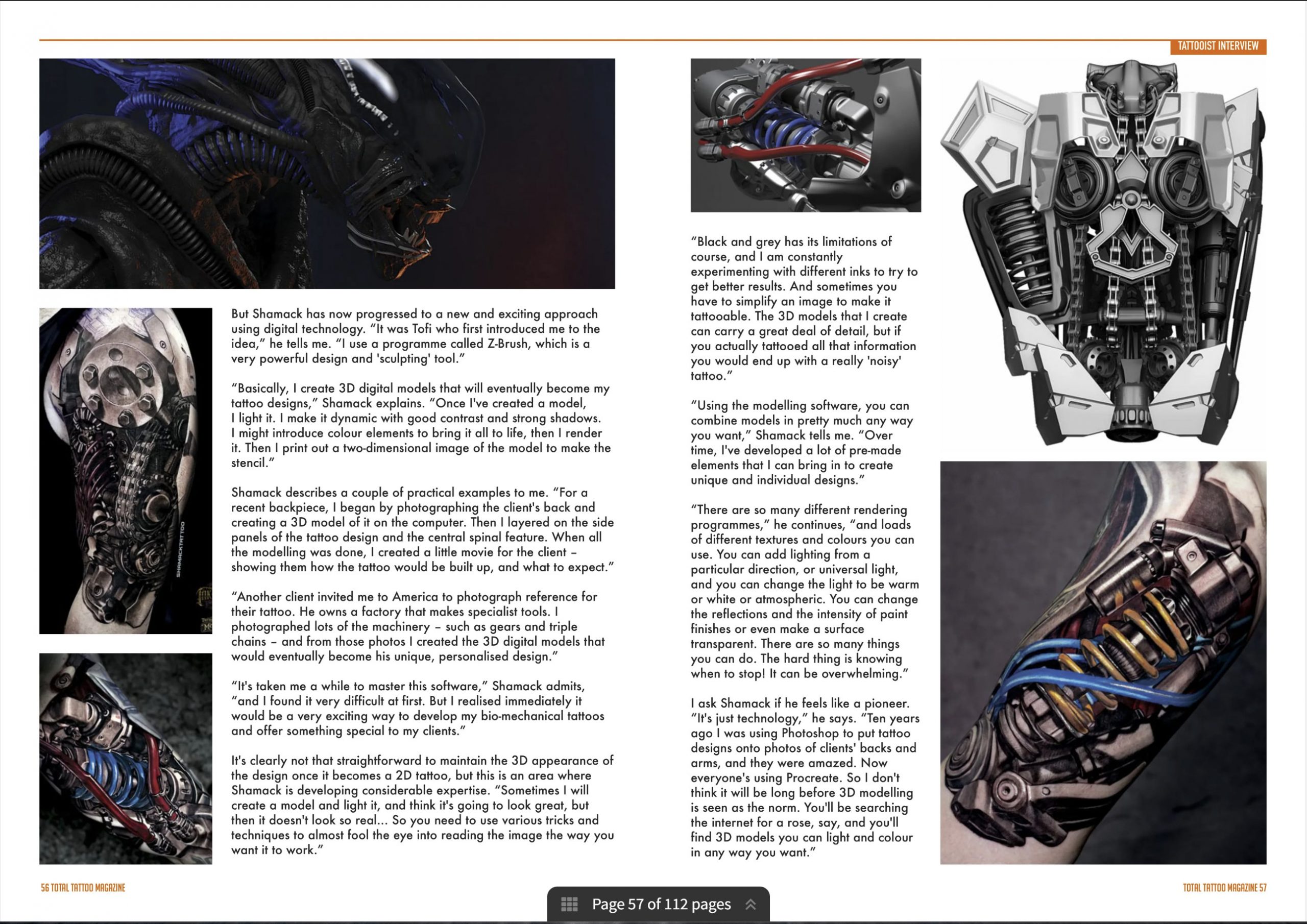
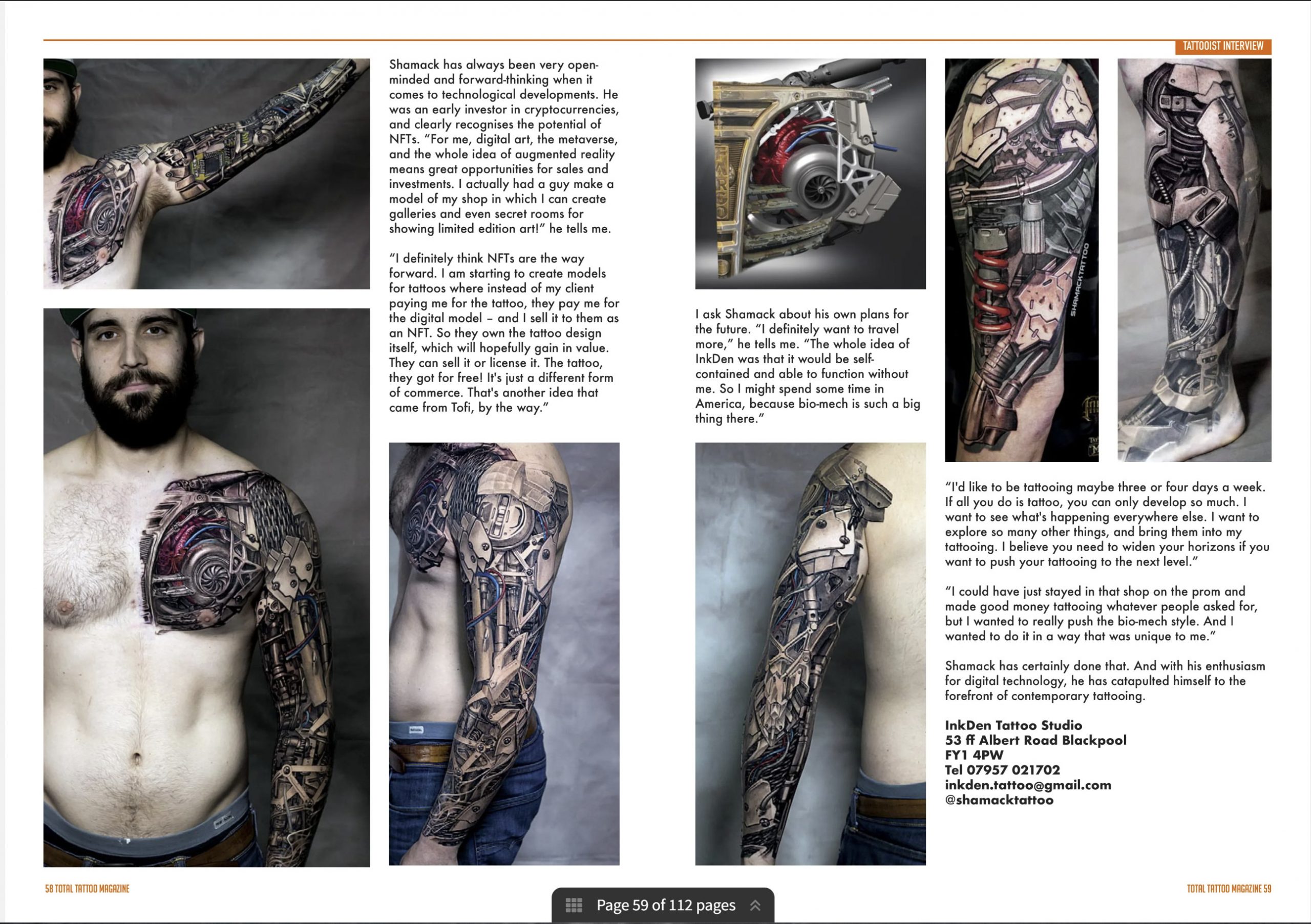
Biomechanical tattoos: what are they?
Biomechanical tattoos are a type of tattoo that combines elements of both biomechanical and cybernetic designs with organic tissue. These tattoos are often very detailed and can include a variety of different elements, such as gears, cogs, and wires. They may also include other elements such as organic tissue or human bones.

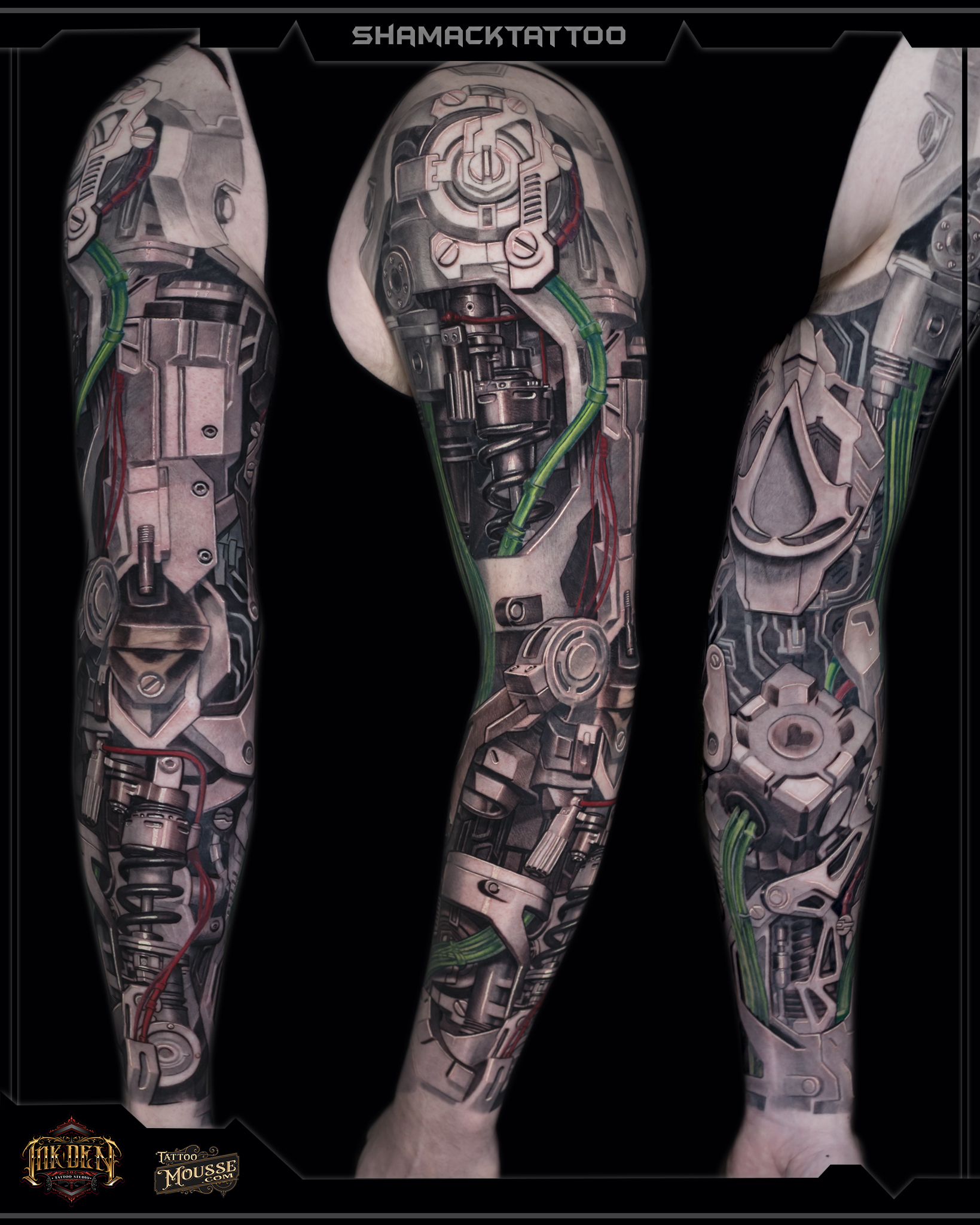
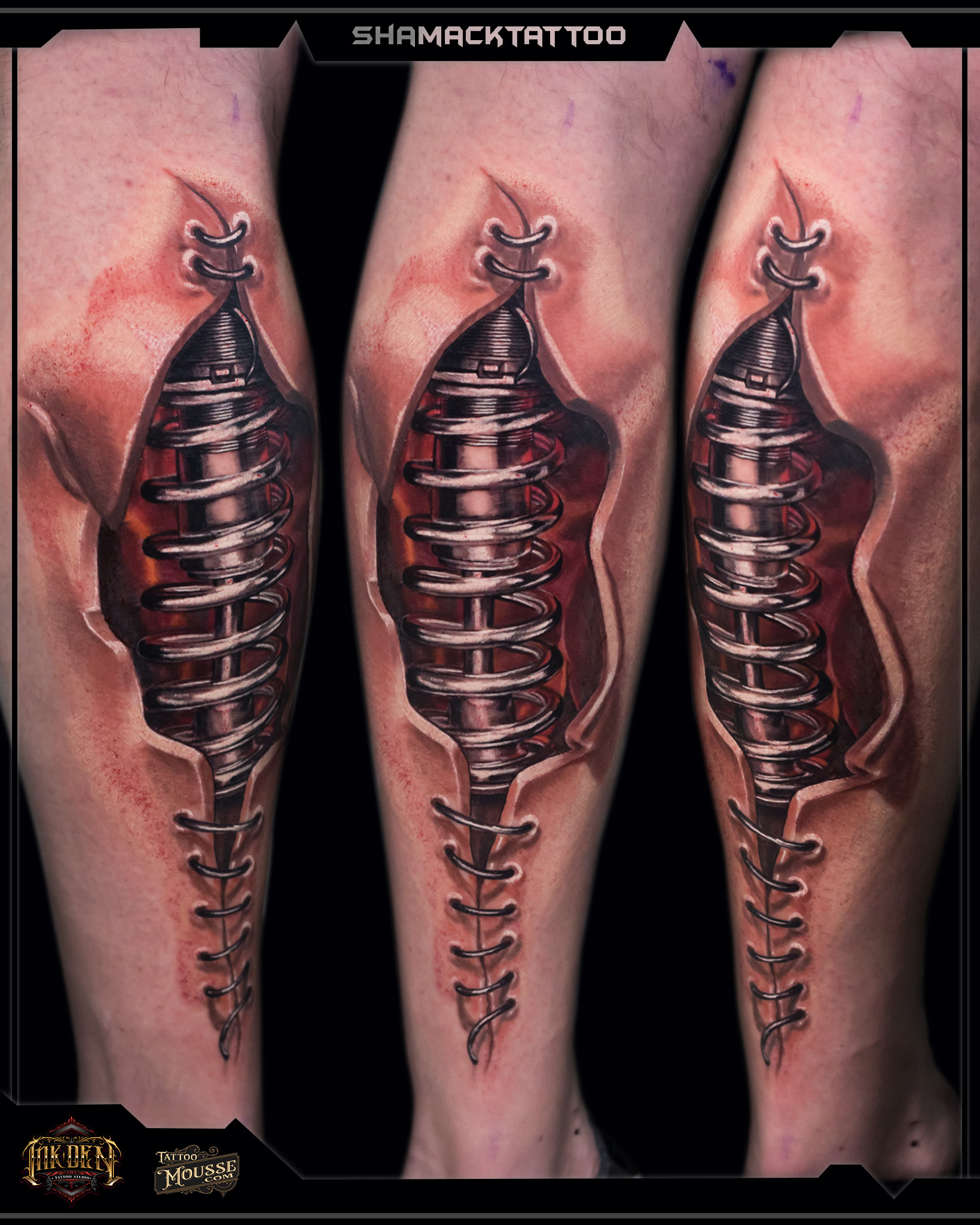
The term “biomechanical” is used to describe a tattoo style that features machines, or machine parts, melded with the human body. The tattoo may look like a scene from a horror movie, or it may be a more aesthetically pleasing design. Either way, the theme is always the same: man and machine becoming one.
Where traditional tattoos usually have a specific meaning or story behind them, biomechanical tattoos are often more about the aesthetics than anything else. However, some people do choose to get these tattoos because they represent something important to them, such as their love of science or their appreciation for the human body.
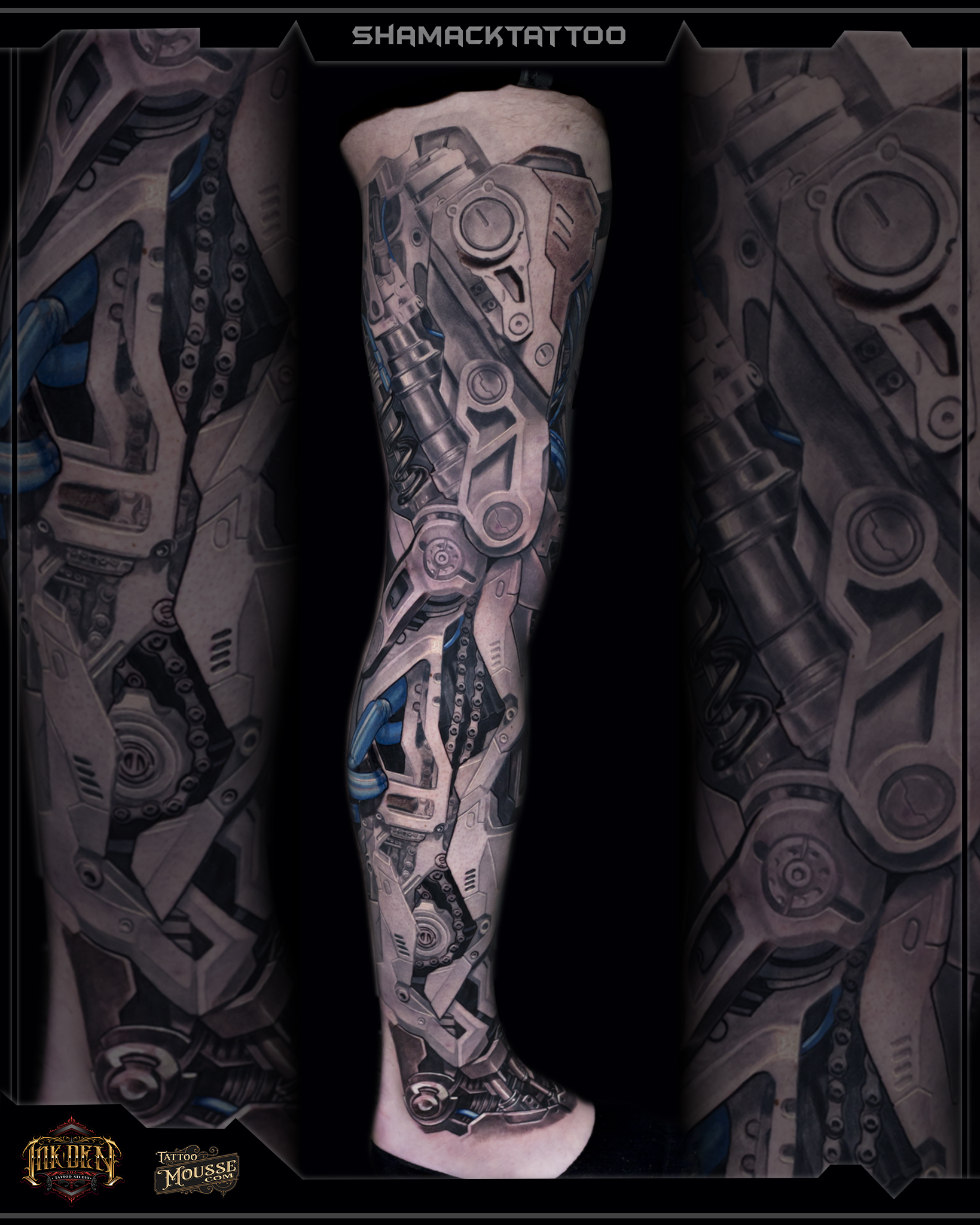

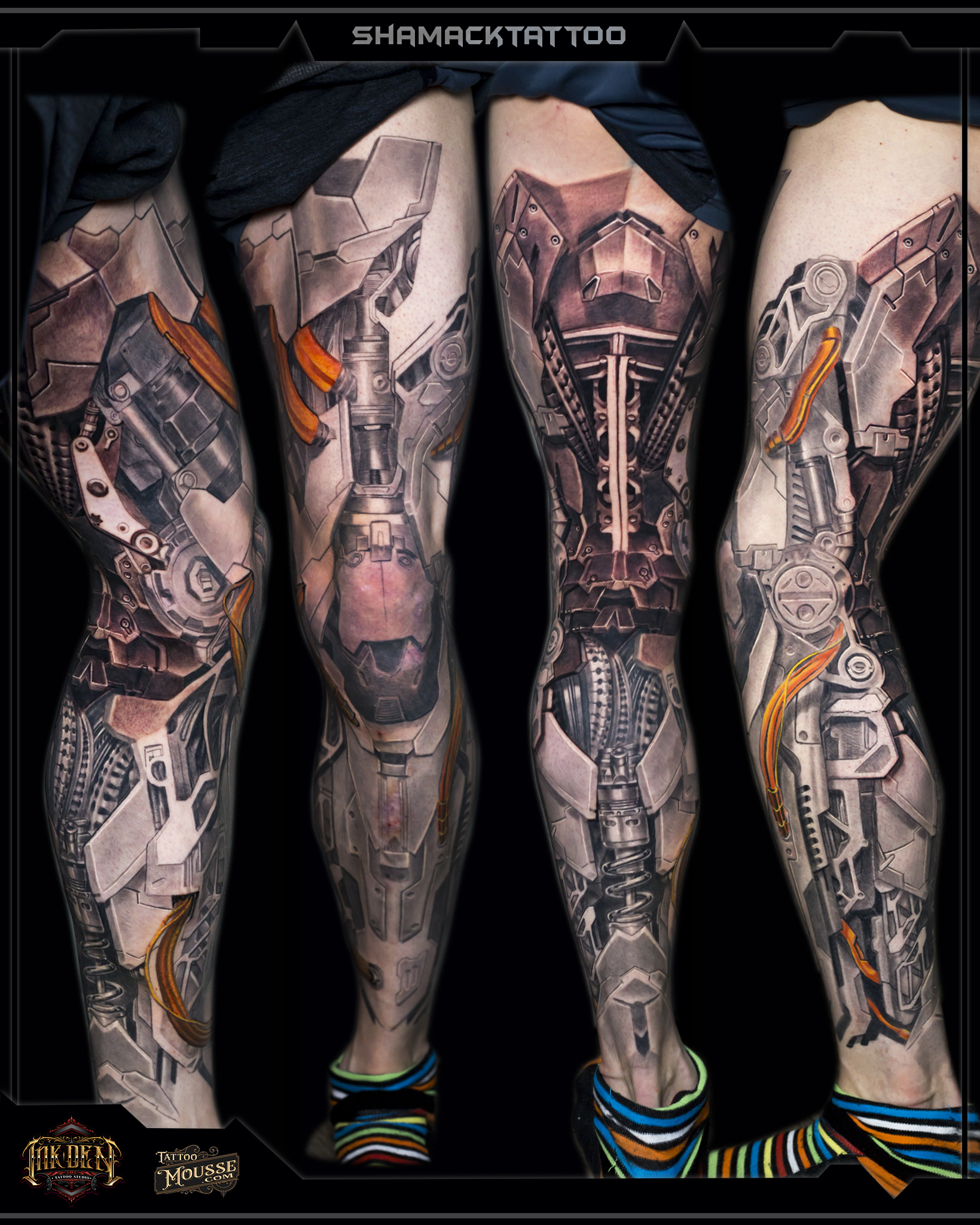
If you’re thinking about getting a biomechanical tattoo, it’s important to do your research and find an artist who specializes in this style. Biomechanical tattoos are very intricate and detailed. It’s important to find an artist who has the skills and experience to create a tattoo that looks exactly how you want it to. If you looking one. Shamack is your best choice check more of his work.
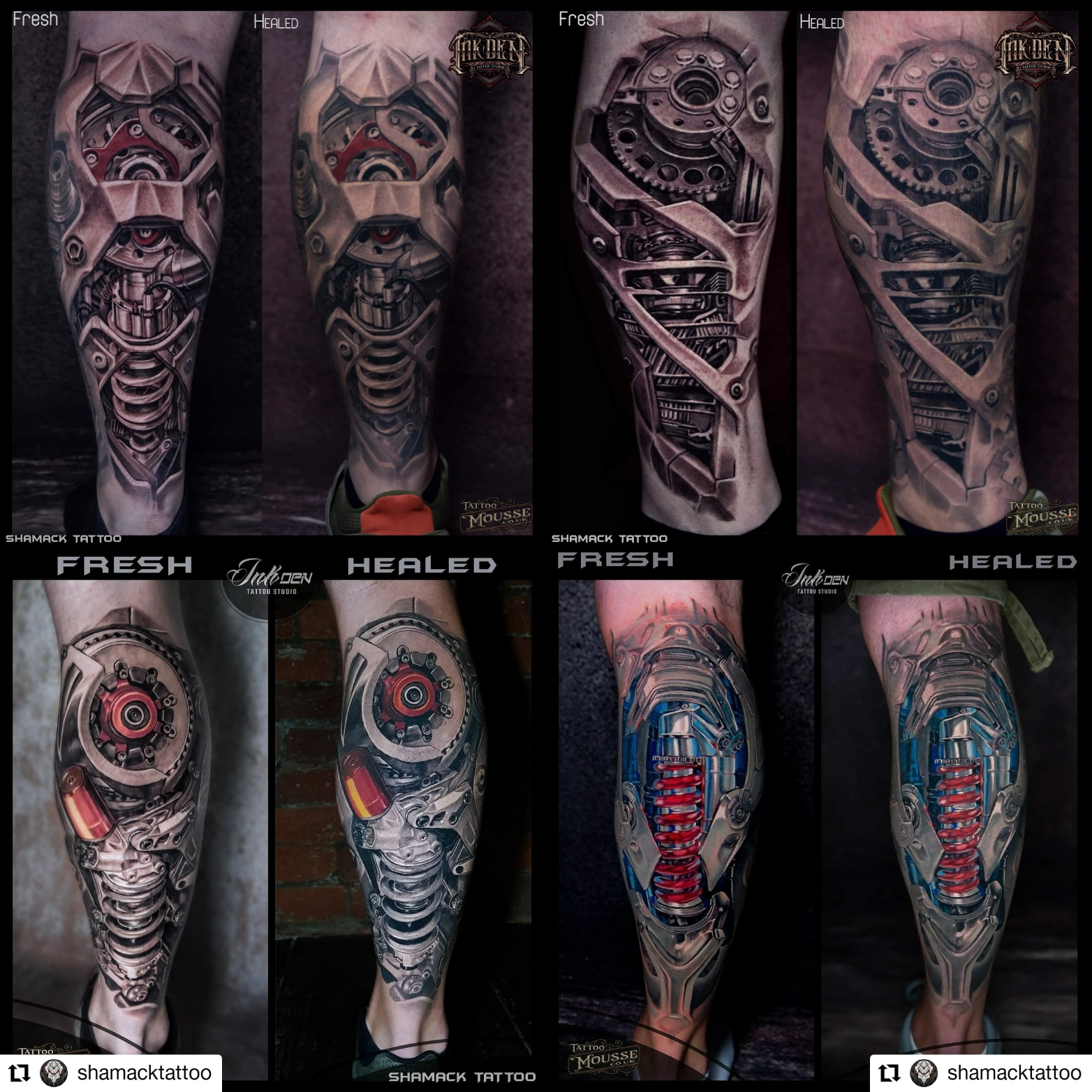
This tattoo style first gained popularity in the late 1970s and early 1980s, thanks to movies like “Alien” and “ Blade Runner”. These films featured characters with mechanical implants, and the idea of humans becoming more machine-like struck a chord with many people.
As a result, biomechanical tattoos became increasingly popular, and they remain so to this day.
There are many different variations of biomechanical tattoos, and the designs can be as simple or as complex as the artist desires.
Sometimes, the tattoo will only feature a few mechanical elements, while other times the mechanical elements will make up the majority of the design.
One of the most popular themes in biomechanical tattoos is the idea of machines taking over the human body. This can be portrayed in a number of different ways, but the overall idea is always the same: humans are becoming more like machines.
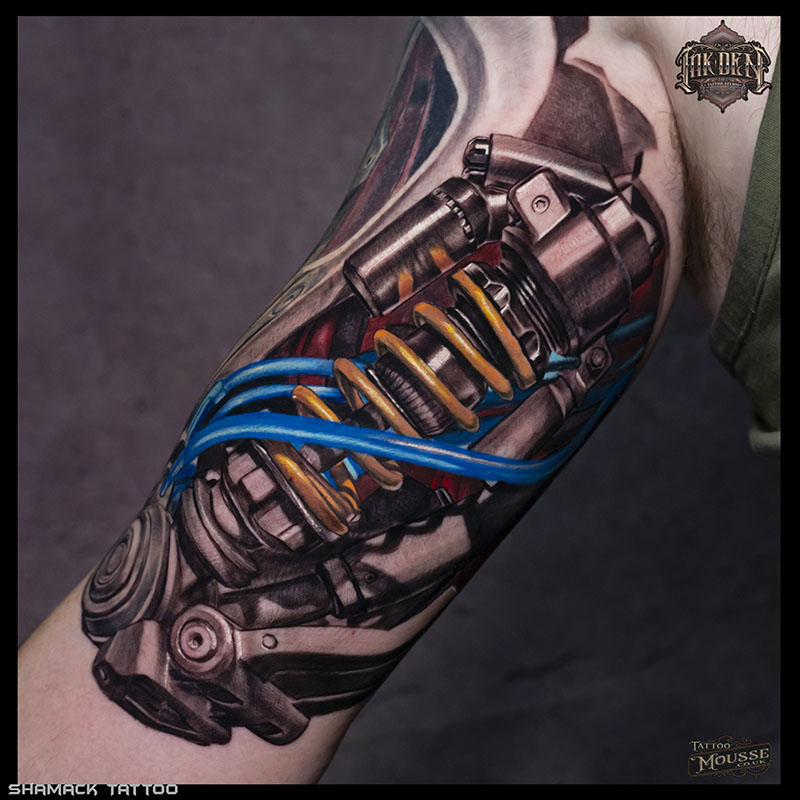
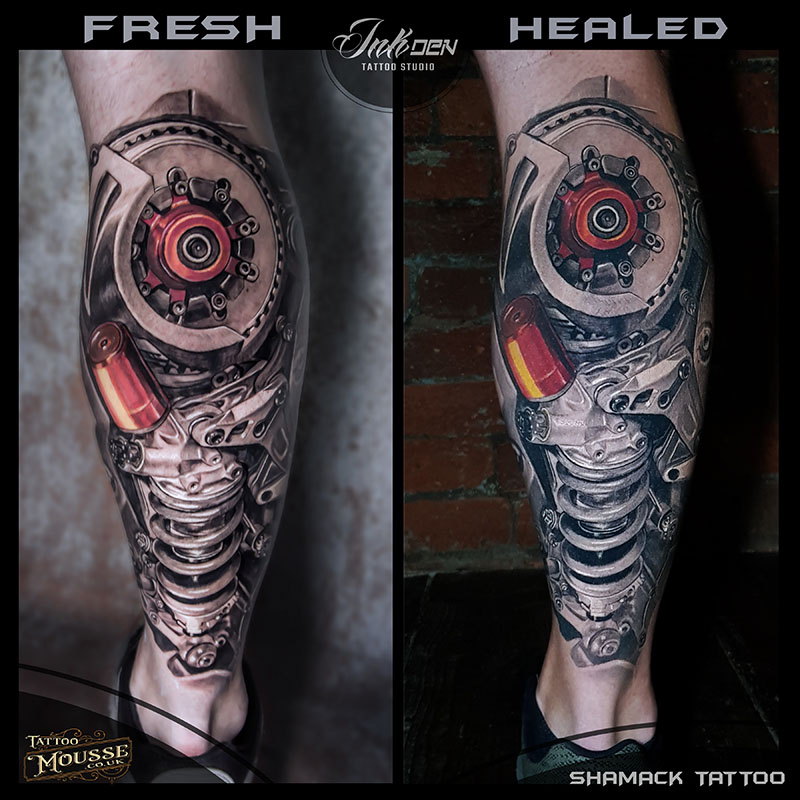
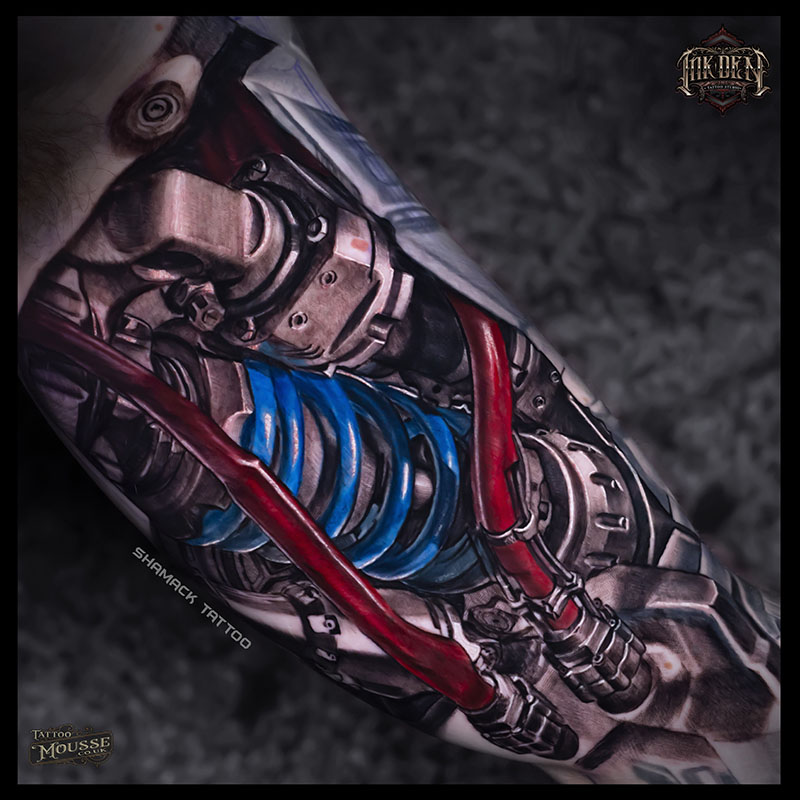
Another popular theme is that of the human body being repaired or augmented by machines. This is often seen in the form of metal plates being bolted onto the skin, or wires and tubes being inserted into the body. This theme is usually portrayed in a more positive light than the first, as it represents the idea of humans using technology to improve their bodies, rather than being controlled by it.
